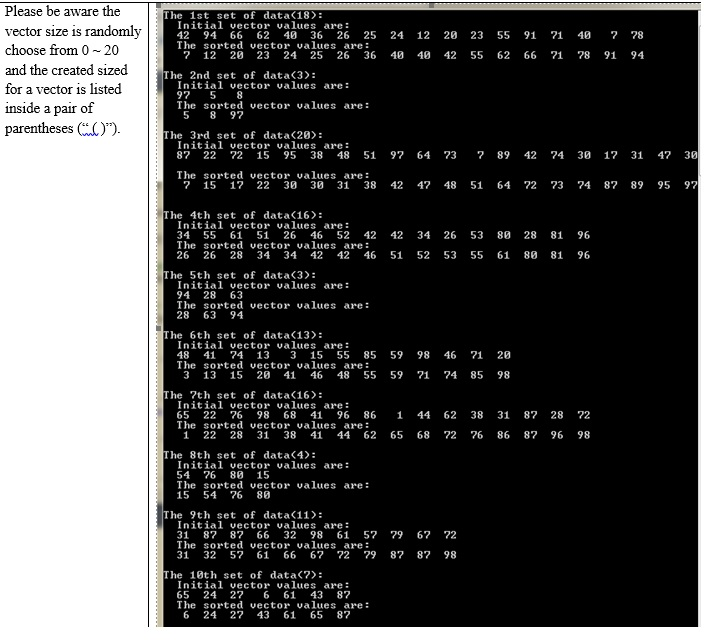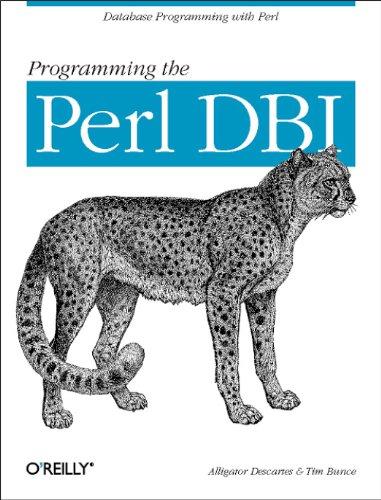Question
(Quicksort) The recursive sorting technique called quicksort uses the following basic algorithm for a one-dimensional vector of values: a) Partitioning Step: Take the first element
(Quicksort) The recursive sorting technique called quicksort uses the following basic algorithm for a one-dimensional vector of values:
a) Partitioning Step: Take the first element of the unsorted vector and determine its final location in the sorted vector (i.e., all values to the left of the element in the vector are less than the elements value, and all values to the right of the element in the vector are greater than the elements valuewe show how to do this below). We now have one value in its proper location and two unsorted subvectors.
b) Recursion Step: Perform the Partitioning Step on each unsorted subvector. Each time the Partitioning Step is performed on a subvector, another value is placed in its final location of the sorted vector, and two unsorted subvectors are created. When a subvector consists of one element, that elements value is in its final location (because a one-element vector is already sorted).
The basic algorithm seems simple enough, but how do we determine the final position of the first element value of each subvector? As an example, consider the following set of values (the value in bold is for the partitioning elementit will be placed in its final location in the sorted vector):
37 2 6 4 89 8 10 12 68 45
Starting from the rightmost element of the vector, compare each element value with 37 until an element value less than 37 is found; then swap 37 and that elements value. The first element value less than 37 is 12, so 37 and 12 are swapped. The new vector is
12 2 6 4 89 8 10 37 68 45
Element value 12 is in italics to indicate that it was just swapped with 37. Starting from the left of the vector, but beginning with the element value after 12, compare each element value with 37 until an element value greater than 37 is found then swap 37 and that element value. The first element value greater than 37 is 89, so 37 and 89 are swapped. The new vector is
12 2 6 4 37 8 10 89 68 45
Starting from the right, but beginning with the element value before 89, compare each element value with 37 until an element value less than 37 is foundthen swap 37 and that element value. The first element value less than 37 is 10, so 37 and 10 are swapped. The new vector is
12 2 6 4 10 8 37 89 68 45
Starting from the left, but beginning with the element value after 10, compare each element value with 37 until an element value greater than 37 is foundthen swap 37 and that element value. There are no more element values greater than 37, so when we compare 37 with itself, we know that 37 has been placed in its final location of the sorted vector. Every value to the left of 37 is smaller than it, and every value to the right of 37 is larger than it. Once the partition has been applied on the previous vector, there are two unsorted subvectors. The subvector with values less than 37 contains 12, 2, 6, 4, 10 and 8. The subvector with values greater than 37 contains 89, 68 and 45. The sort continues recursively, with both subvectors being partitioned in the same manner as the original vector.
Based on the preceding discussion, write a recursive function, quickSortHelper, to sort ten one-dimensional integer vectors. The function should receive as arguments a starting index and an ending index on the original vector being sorted. Please create ten vectors with random size from 0 ~20 elements and randomly choose the size of the vector numbers from 0~100. Put the numbers in the vectors and use quick sort to sort them.

Step by Step Solution
There are 3 Steps involved in it
Step: 1

Get Instant Access to Expert-Tailored Solutions
See step-by-step solutions with expert insights and AI powered tools for academic success
Step: 2

Step: 3

Ace Your Homework with AI
Get the answers you need in no time with our AI-driven, step-by-step assistance
Get Started


